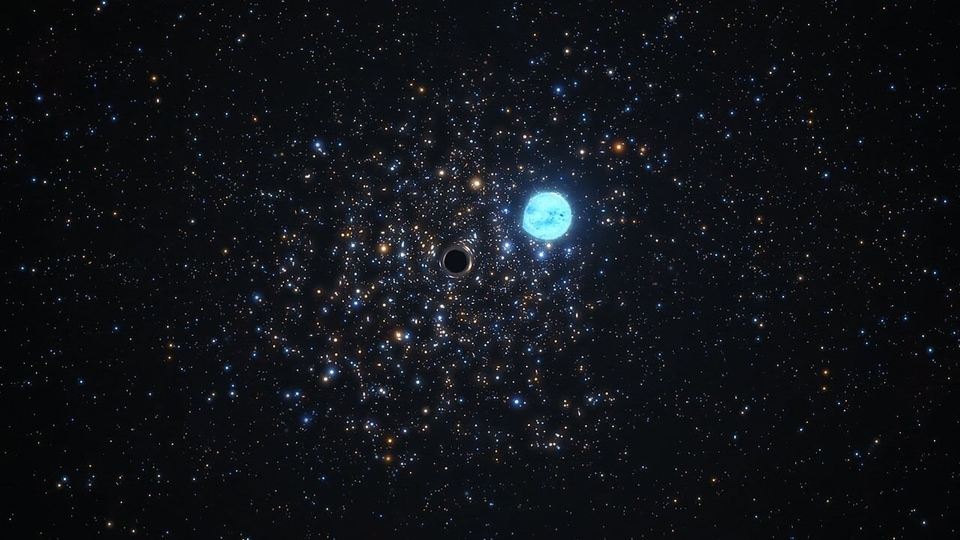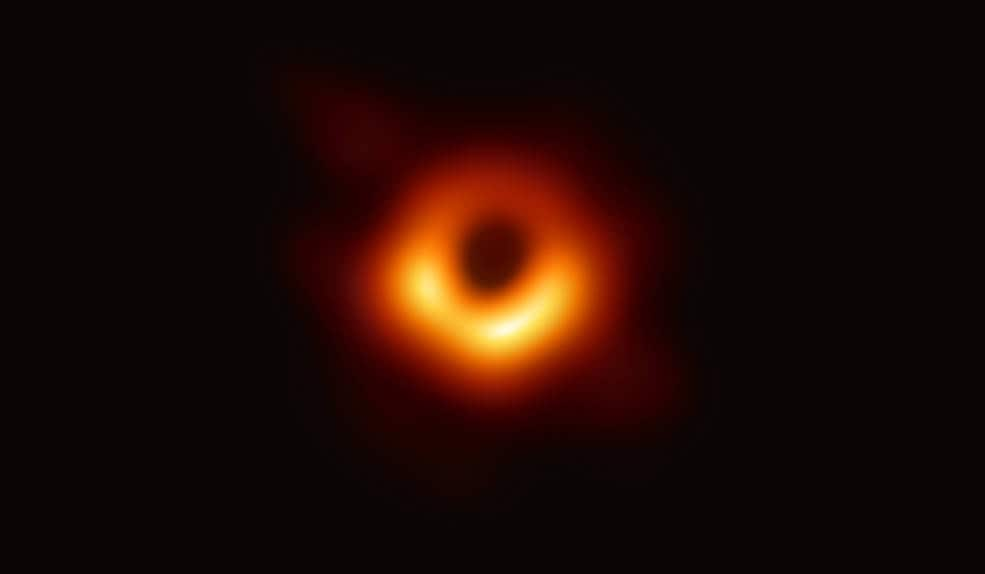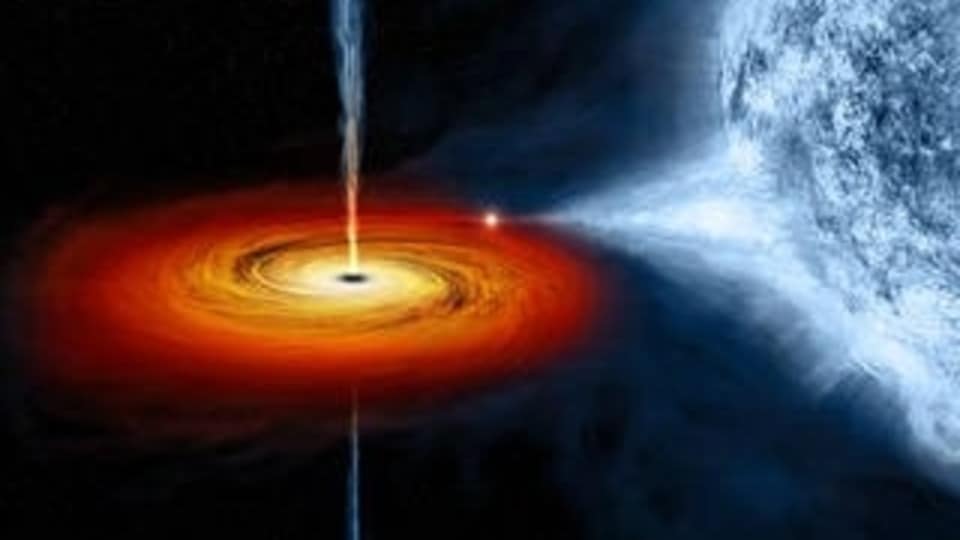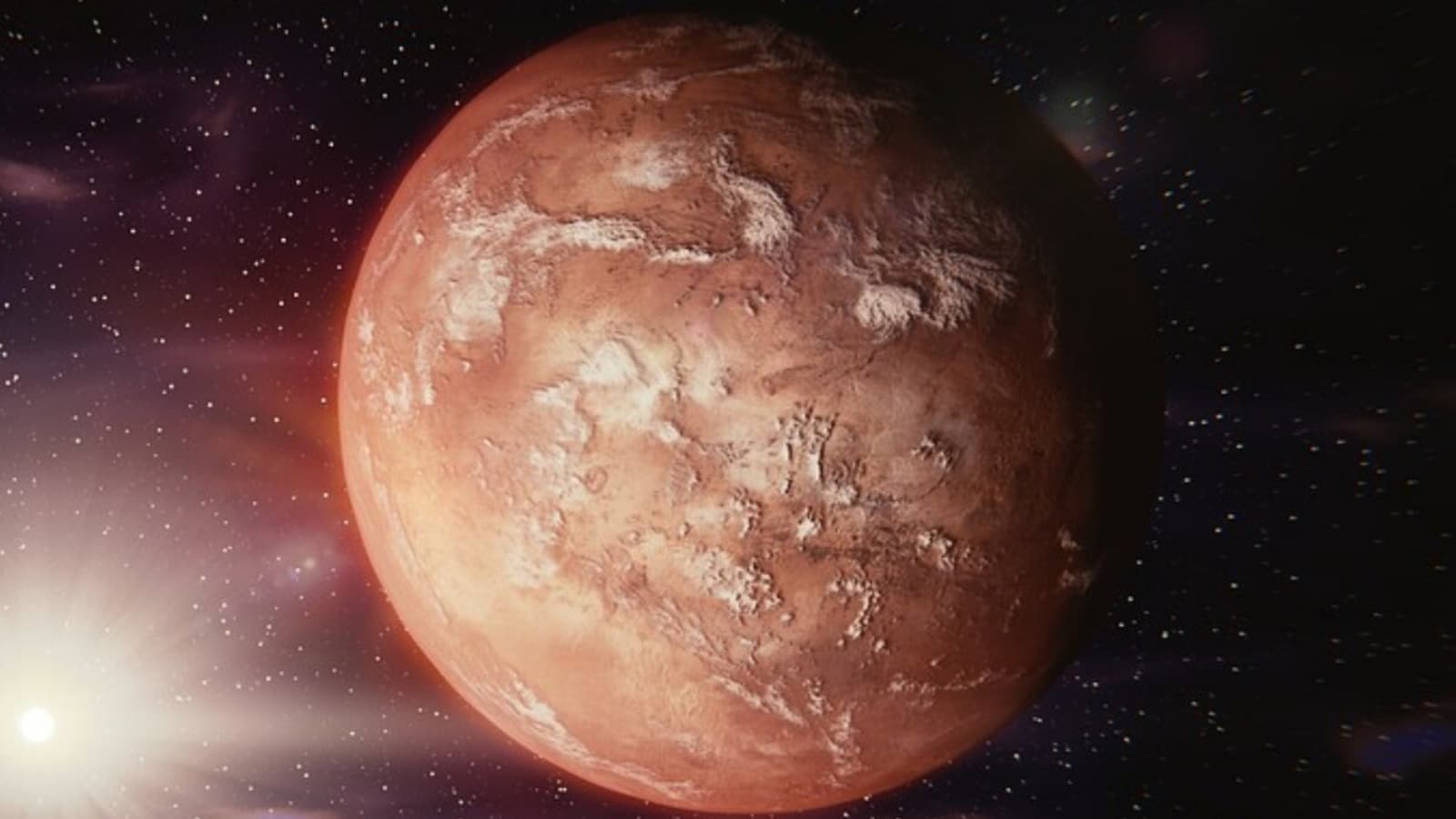Red Planet Day 2022: Mind-blowing facts about Mars
Named after the Roman God of War, Mars, which even though it has a thin atmosphere composed primarily of carbon dioxide, still holds humanity's fascination centuries after its discovery.






 View all Images
View all ImagesMars, also known as the Red Planet due to its soil's colour, is the fourth planet from the Sun and Earth's neighbour which holds the potential to possibly host the humankind some day.
The humans have long tried to explore the mysteries of Mars, and Red Planet Day is annually celebrated to remember the launch of Mariner 4, the first spacecraft to arrive on Mars, on November 28, 1964.
The Mariner 4 spacecraft was constructed to gather data during fly-bys and transmit that information back to Earth. The spacecraft completed a fly-by of the red planet after almost eight months of journey, on July 14, 1965.
Named after the Roman God of War, Mars, which even though has a thin atmosphere composed primarily of carbon dioxide, still holds humanity's fascination centuries after its discovery. So, on this special day, let's look at some interesting facts about the Red Planet.
Tallest known mountain in the Solar System
Olympus Mons, the largest volcano on Mars is also the solar system's tallest mountain. This enormous mountain is roughly 16 miles (25 km) tall and 373 miles (600 km) in diameter. Though it might have formed billions of years ago, evidence from its volcanic lava is so recent that many scientists believe it might still be active.
Could potentially have an orbiting ring in the future
Scientists speculate that Phobos, Mars' largest and most enigmatic moon, will eventually be torn apart by gravitational forces. This will lead to the formation of a debris field that will eventually settle into a stable orbit and form a rocky ring around Mars similar to that of Saturn and Uranus.
Similar landmass to Earth
Interestingly, while Mars is about half the diameter of Earth, its surface has nearly the same area as Earth's dry land. Also, Martian surface gravity is only 37 per cent of the Earth's, meaning you could leap nearly three times higher on Mars.
Parts of Mars have reached Earth
Bits of planets are blasted off over time as celestial objects like large asteroids hit them. These impacts release a massive amount of ejecta that actually throw stuff off into space if the impact is significant enough. Hence, pieces of Mars have actually landed on Earth in the past. Called 'Martian Meteorites', these little pieces of rock have miraculously managed to make it to Earth.
Mars' frozen ice could once have been liquid
One of the essential prerequisites for life is thought to be the presence of water on a planet. The findings published in the journal Nature Astronomy provide the first independent line of evidence, using data other than radar, that there is liquid water beneath Mars' south pole.
Catch all the Latest Tech News, Mobile News, Laptop News, Gaming news, Wearables News , How To News, also keep up with us on Whatsapp channel,Twitter, Facebook, Google News, and Instagram. For our latest videos, subscribe to our YouTube channel.






























